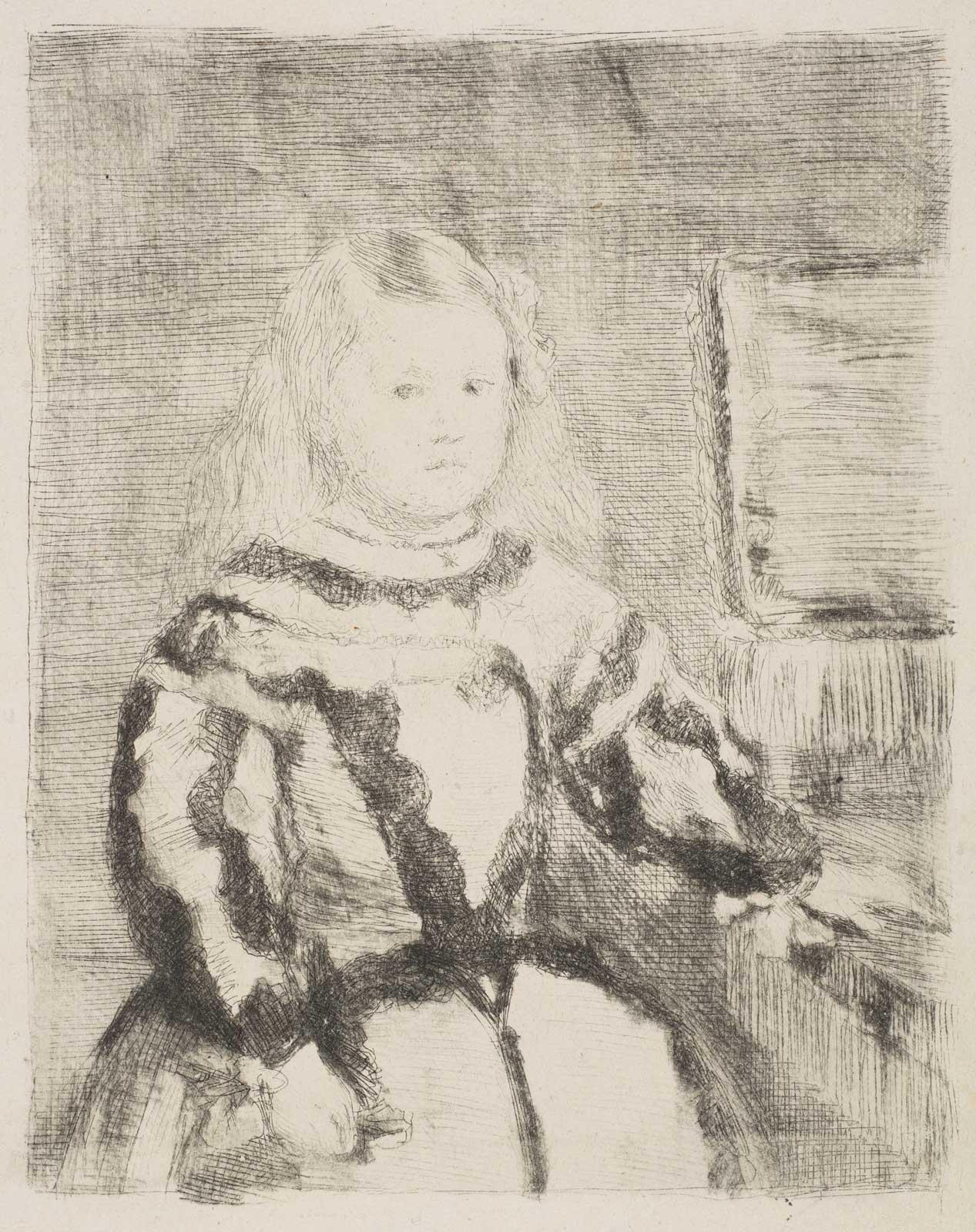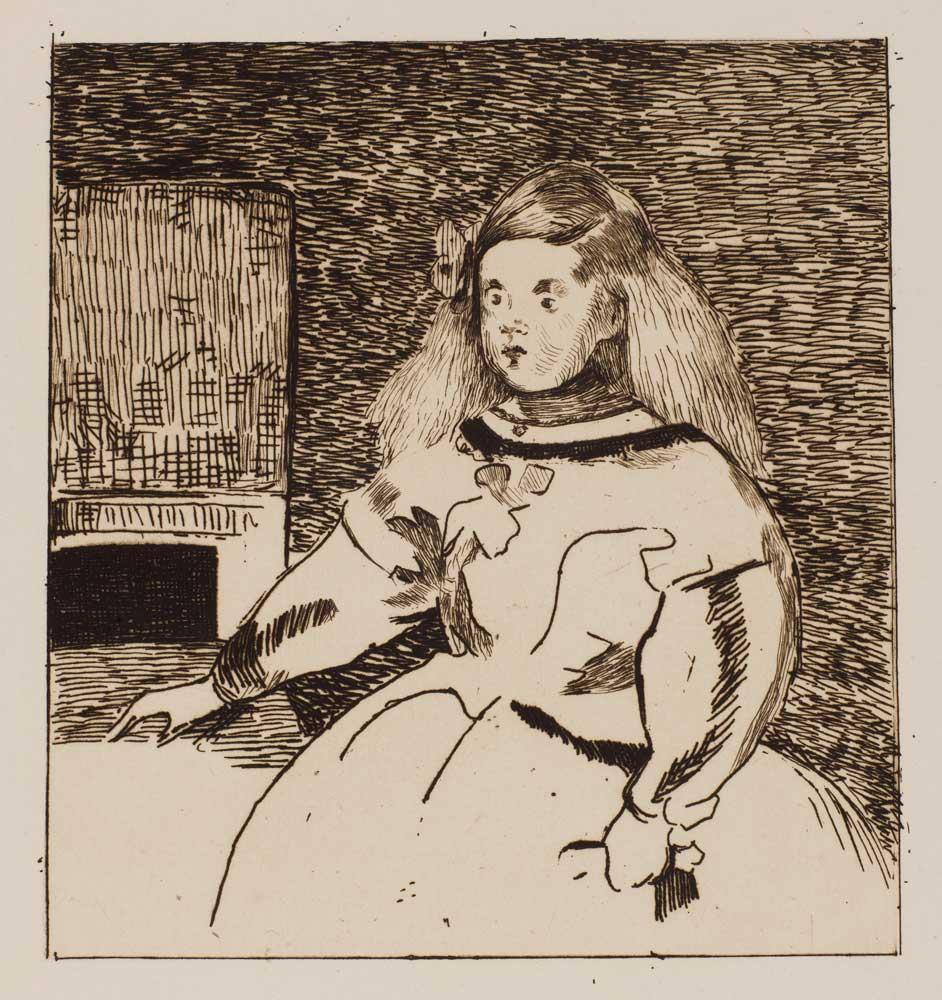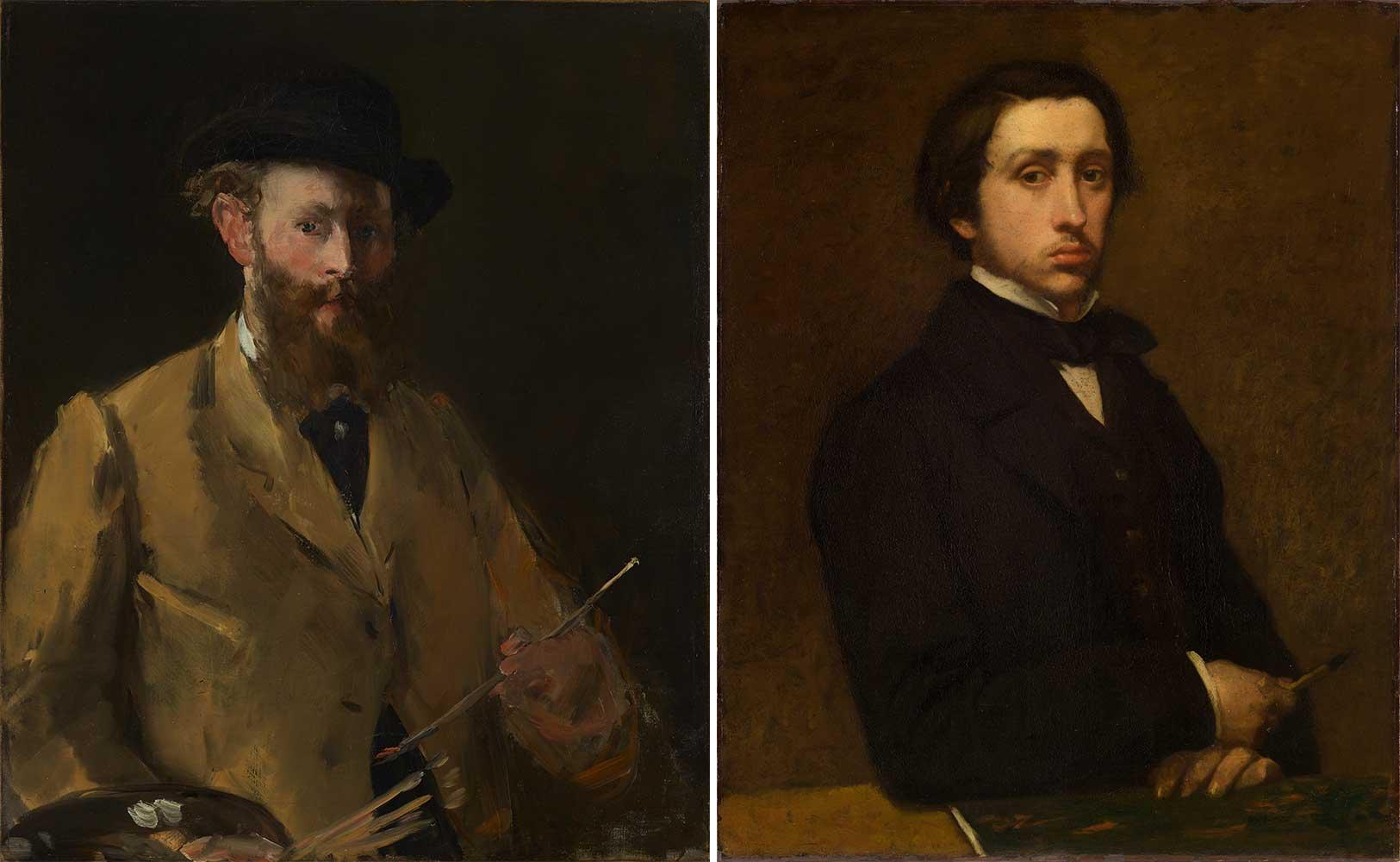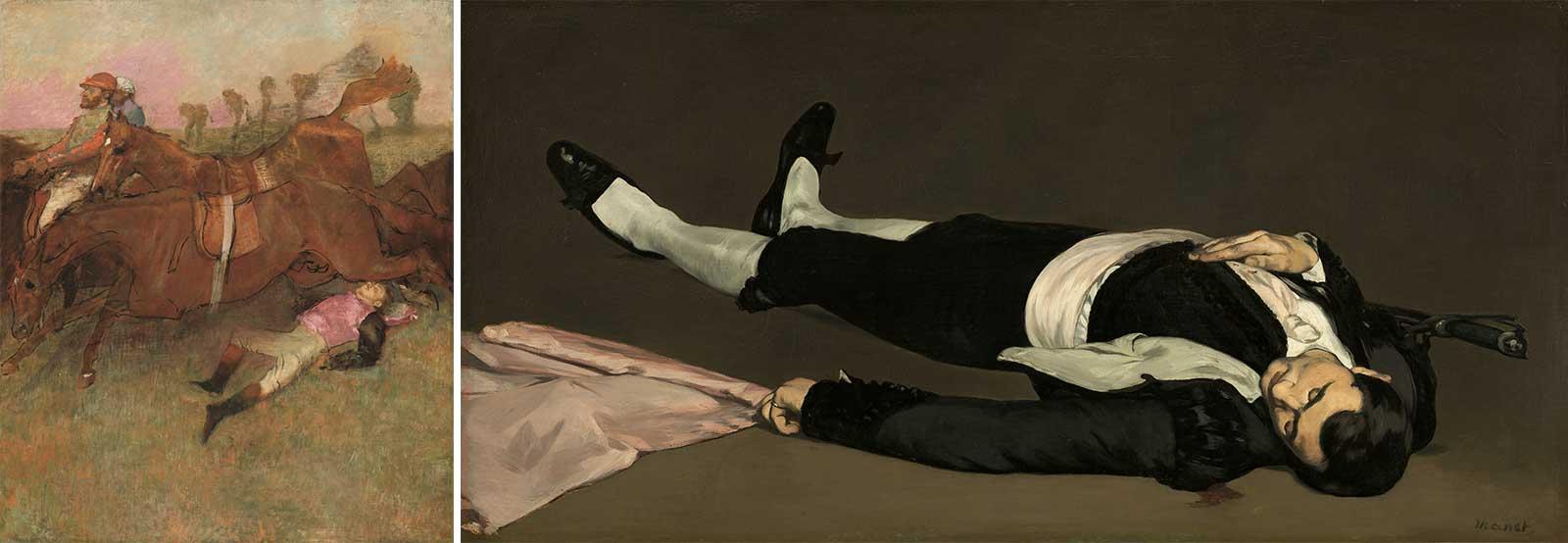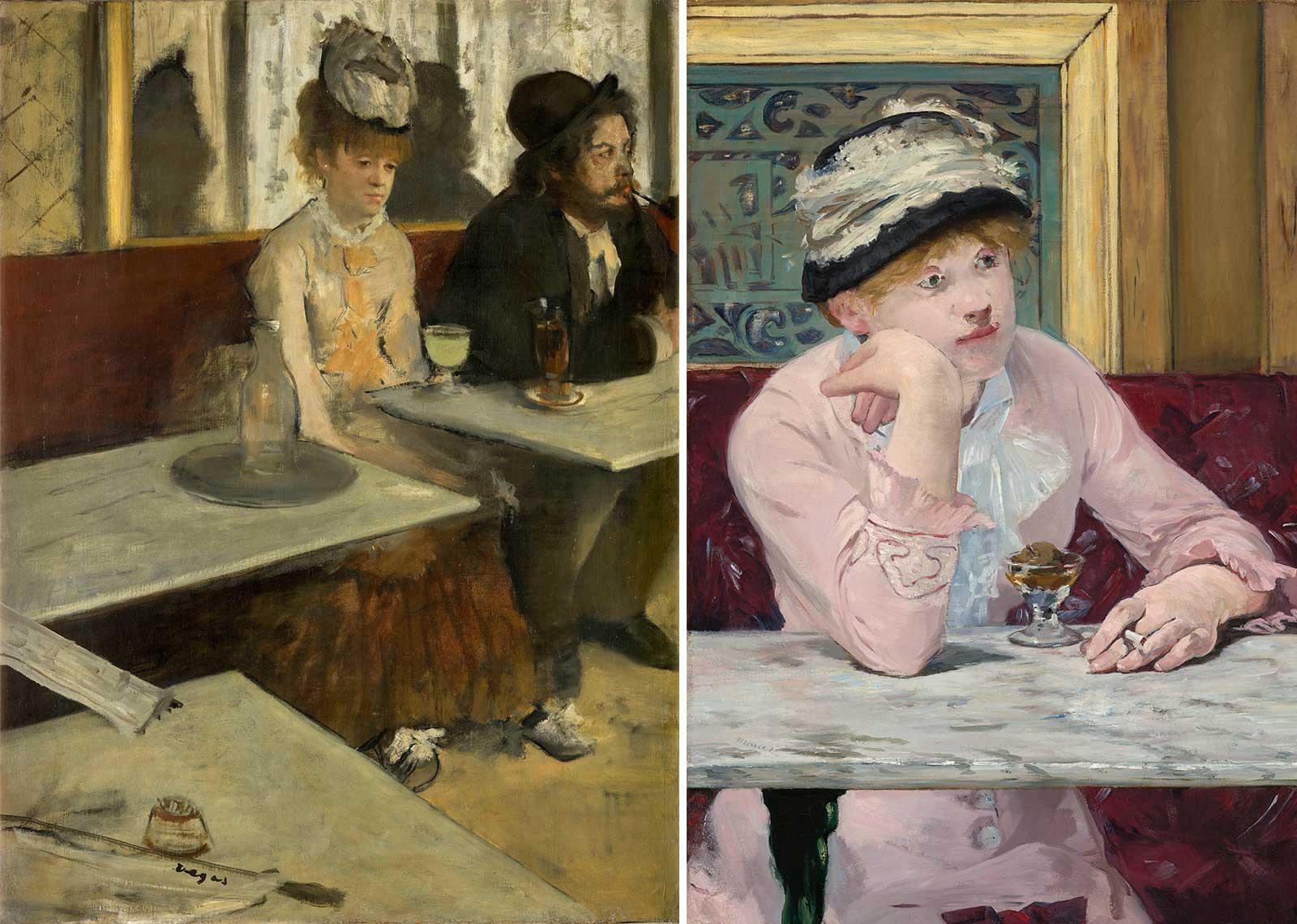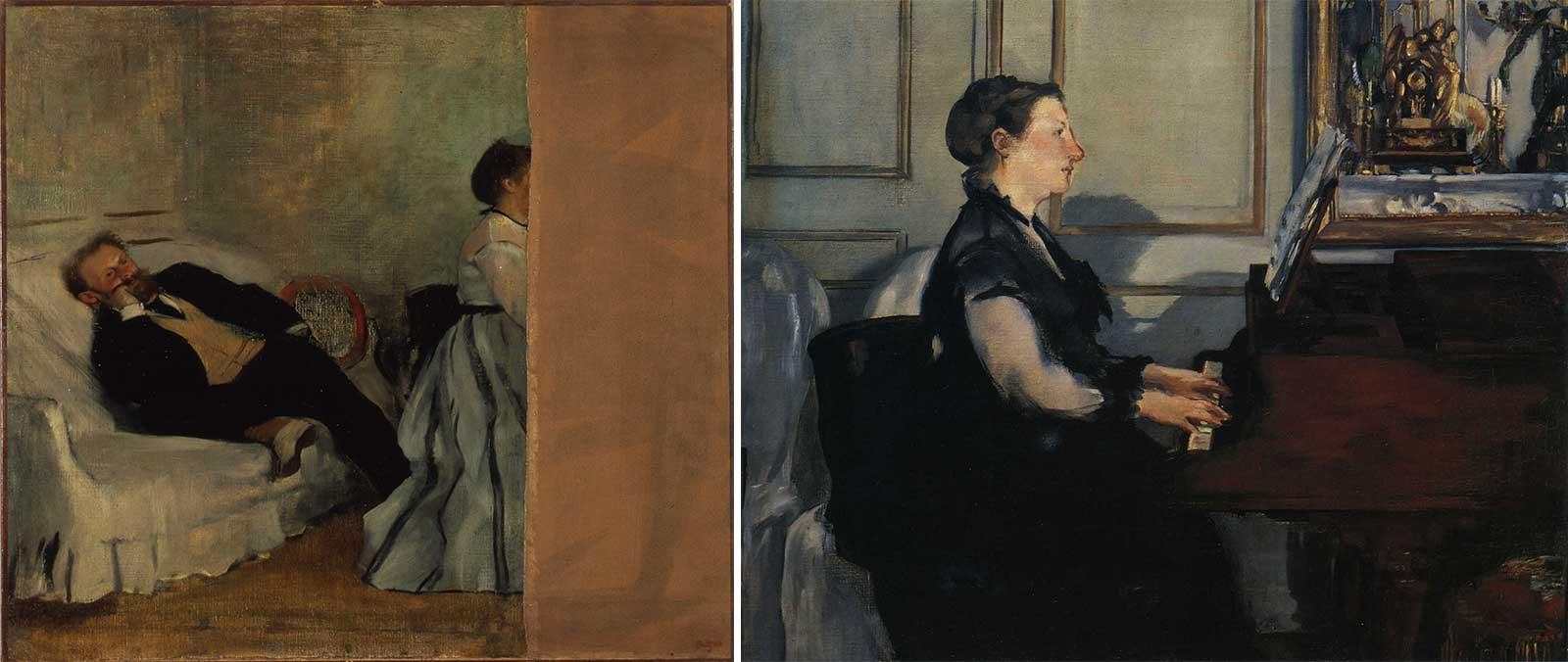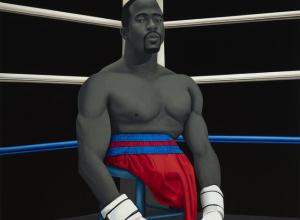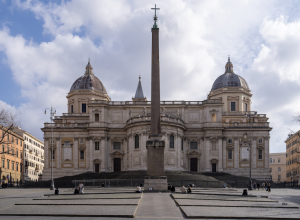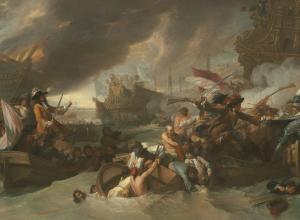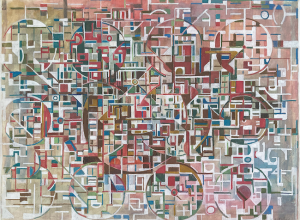In 1861, a young Edgar Degas was sketching Velázquez’s masterpiece, the “Infanta Margarita” in the Louvre when a blond man approached him, disdainfully criticized his technique, and introduced himself as Édouard Manet. From their initial encounter, a complex relationship of both camaraderie and rivalry began to unfold. And this is the subject of a new exhibition, Manet/Degas, which traveled from the Musée d’Orsay in Paris and is opening at the Metropolitan Museum of Art on September 24.
The exhibition, which includes Manet's iconic Olympia, is co-curated by Stephan Wolohojian and Ashley Dunn of The Met and Stéphane Guégan and Isolde Pludermacher from the Musée d’Orsay and the Musée de l’Orangerie. Featuring over 160 major artworks by Manet and Degas, collectively, works by the two artists are presented side by side to show not only how their works overlapped in subject matter and style, but also how, by virtue of their rivalry and their efforts to differentiate themselves, they ended up defining one another. As Stephan Wolohojian, co-curator of the exhibition said, “This exhibition seeks to reassess the works of these artists and allows us to explore the myriad ways that Manet and Degas engaged with their moment, their time, and how they defined it visually.”





